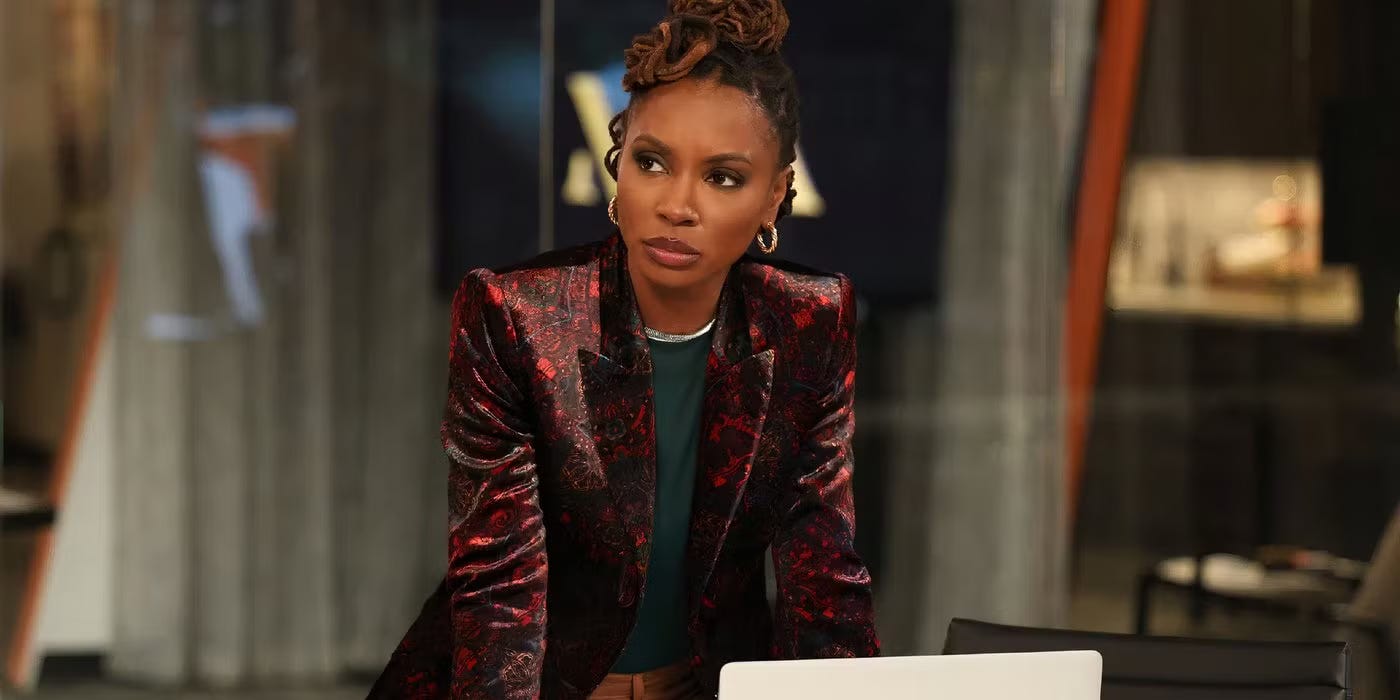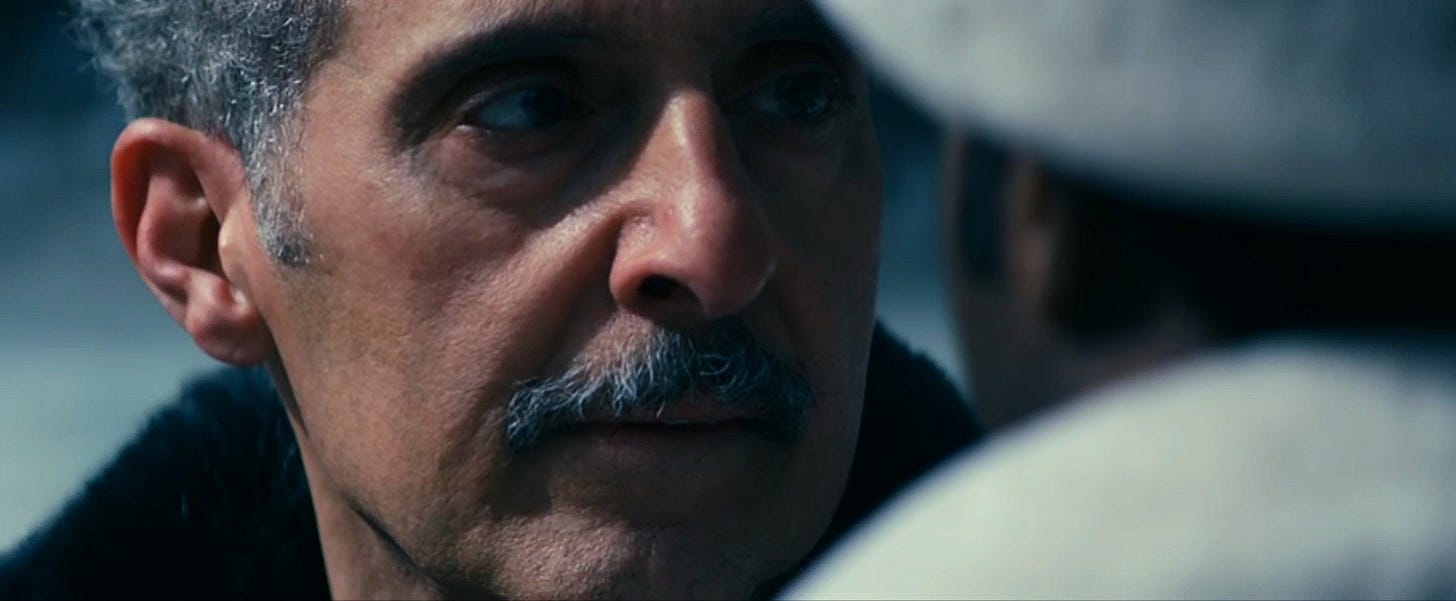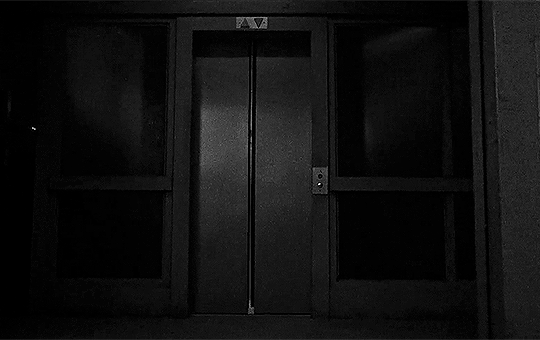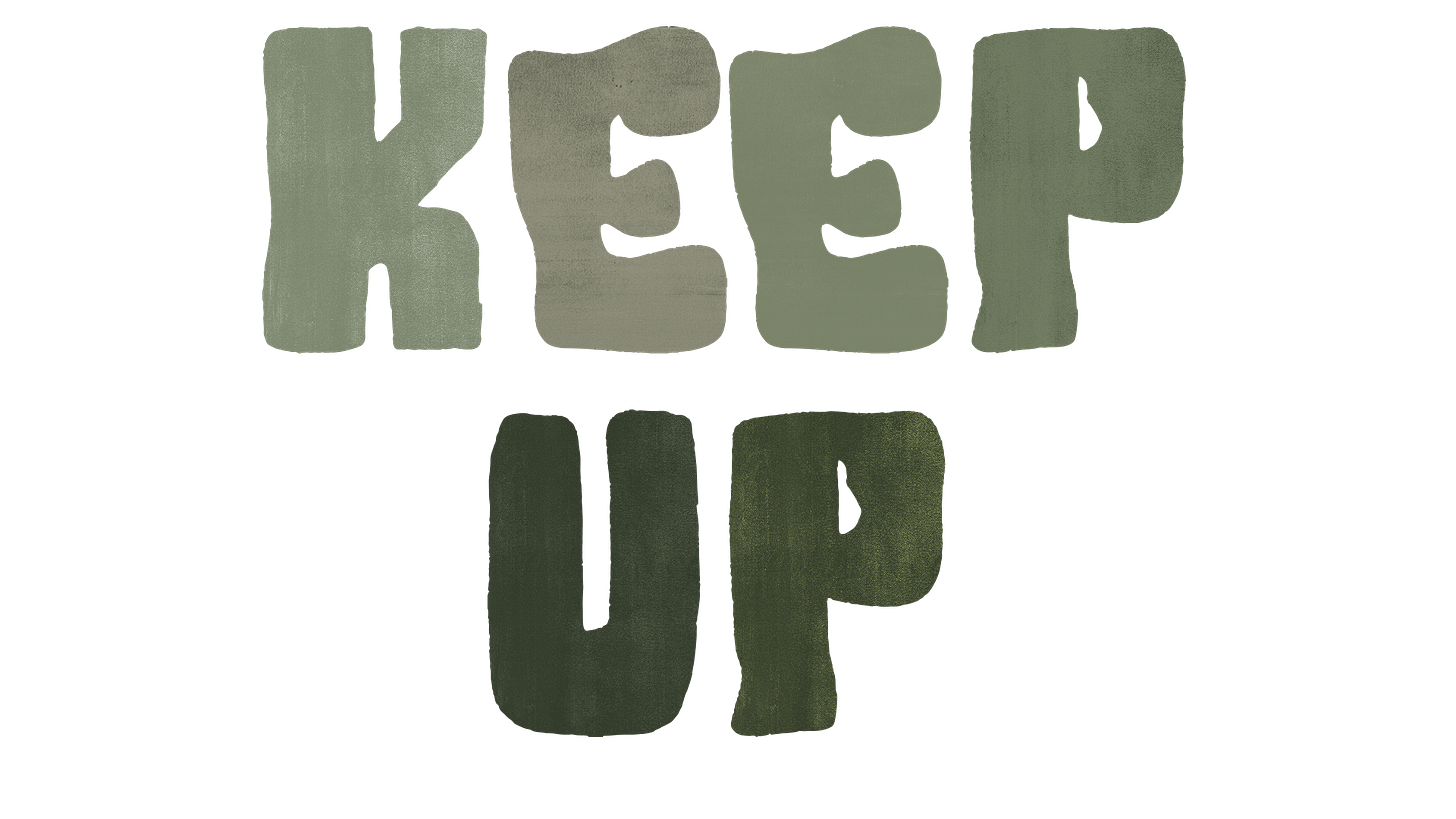“Your Art is a Weapon.”
Few phrases hold as much fire as this one. It’s not a metaphor. It’s a manifesto. For The Disruptor, creativity is not about aesthetics or applause; it’s about ammunition. Their art is a catalyst. A call to arms. A confrontation. The Disruptor Archetype of The Creative Visionary exists to agitate, provoke, and dismantle. They are not interested in maintaining the status quo. They are here to burn it down and build something better from the ashes.
The Disruptor doesn’t just create art; they start revolutions with it. This is the person who doesn’t wait for permission. They speak, paint, sing, film, and perform in systems that were never built for them. They challenge what’s comfortable. They expose what’s hidden. They make people uncomfortable because the truth often is.
And they know deep in their marrow that discomfort is the price of transformation.
Revolution: The Art of Uprising
When you encounter a Disruptor, you can feel the heat. Their work carries a voltage. It’s the heat of Nina Simone’s fingers on the piano, exorcising centuries of pain and power with every note. It’s the fire of Tupac’s voice, baptizing a generation in the waters of rage, grief, and awakening. It’s the cut of Kara Walker’s silhouettes, slicing through the thick fog of American amnesia.
“Revolution is not just something The Disruptor participates in; it’s something they embody.”
Whether they’re in the streets or in the studio, they are building new worlds by first setting the old ones ablaze. They don’t believe in passive critique. They are active agitators. Their canvas is a battlefield. Their microphone is a Molotov cocktail. Their lens is a liberation device.
In TV and film, The Disruptor shows up in characters like Tyrone from They Cloned Tyrone. Tyrone exists in a reality shaped by surveillance, manipulation, and exploitation. But instead of playing the role written for him (one of invisibility or complicity) he becomes the glitch in the system. Tyrone disrupts the machinery of oppression by daring to question it, expose it, and fight it. His journey is one of awakening and rebellion, and it’s his refusal to be a pawn that positions him as a visionary force.
This is the power of The Disruptor: they reveal what others would rather ignore. They throw the curtain wide open on systems of control. And in doing so, they invite others to see the truth and to act.
Truth: The Creative Act of Revelation
The Disruptor is not afraid of truth. In fact, they’re obsessed with it. But not the kind of truth that sits politely in textbooks or hides behind neutrality. The Disruptor deals in dangerous truth. Subversive truth. The kind of truth that doesn’t just inform; it transforms.
“They know that the truth can cut. But they also know it can heal.”
Gabi from Found is a Disruptor in this sense. Gabi Mosley leads a team that finds missing people who’ve been forgotten by the system. Her past fuels her mission—she was once abducted, and now she creates justice where the state has failed. Gabi is more than a rescuer. She is an architect of new systems.
She uses empathy like a blade, cutting through bureaucracy and red tape. Her disruption is deeply emotional while challenging not only institutions but also societal indifference. Through her, Found redefines heroism as radical care and unflinching accountability.
Disruptors don’t care if their work is “too much.” In fact, they count on it.
Because being too much is often the only way to tell the truth.
Irving is not the loudest character in Severance, but he is one of the most quietly rebellious. In a dystopia where employees are severed from their outside lives, Irving begins to sense that something is deeply wrong. His disruption is internal; slowly uncovering the layers of manipulation and psychological control.
He risks his sanity to piece together a reality that has been hidden from him. Irving shows that disruption doesn’t always come with a megaphone. Sometimes it looks like a journal, a whisper, a refusal to forget. In a world that demands compliance, he dares to remember.
Mike Ross disrupts the legal world by simply existing in it without a Harvard degree. But his disruption is more than academic fraud; it’s a critique of elitism. Mike proves that intelligence and justice aren’t reserved for the privileged. He breaks into a gated institution and performs better than many of its golden boys.
His presence challenges who gets to wield power and why. Though ethically ambiguous, Mike’s drive for justice and truth positions him as a Disruptor within the white-collar world, one who insists that merit and moral compass should matter more than legacy or status.
Coach Boone, based on a real figure, confronts racism head-on as he leads a newly integrated football team in 1970s Virginia. He uses discipline and unity not just to win games but to shatter generational prejudice.
Boone’s disruption is collective. He teaches young men to unlearn hate and fight for something bigger than themselves. He forces a town to change by refusing to back down. Boone’s art is leadership and through it, he creates a new culture that demands mutual respect and shared humanity.
Why Disruptors Matter More Than Ever
We live in a time of deep disinformation, systemic violence, climate emergency, and cultural amnesia. In such a world, truth is not neutral, but it is revolutionary. And those who speak it become dangerous.
Disruptors matter because they refuse to go along. They refuse to normalize cruelty, erase memory, or edit history for comfort. They are often the first to be silenced and the last to be forgotten.
Disruptors remind us that silence is complicity. They teach us that protest can look like a poem, a podcast, a painting, or a performance. That art doesn’t need to be “polite” to be powerful. That real change comes when someone dares to name the thing no one else will.
We need Disruptors now, not because the world is broken, but because it pretends not to be.
Art That Burns and Builds
The Disruptor doesn’t care about palatability. They care about possibility. They burn down the false stories we’ve been fed to make room for the truths we must face. Their legacy is not in how many people clapped but how many people changed.
They build new worlds, not in perfect strokes, but in necessary ones. Their canvases are messy, raw, alive. Their stages become battlegrounds. Their scripts become scripture. Their songs become survival.
In every era, The Disruptor arrives as a reckoning.
They are Nina Simone at the piano, casting spells. They are Tupac with a mic, baptizing the block. They are Kara Walker with scissors, slicing myths apart. They are Tyrone, Irving, Gabi, Mike, Boone; characters who refuse to comply and dare to confront.
So ask yourself:
What facade needs burning? What truth needs telling? What world needs building?
You don’t need permission to speak. Just courage.
- The Disruptor Playlist -
Are You The Creative Visionary?
What does it mean to be a Creative Visionary in a world built to suppress vision?
How Creative Visionaries Transform Lives
There’s something undeniably powerful about a creative visionary. We’re not just artists or thinkers; we’re transformers of worlds. We do more than create; we reimagine. We see beyond the cracks in society and envision what could be, should be, and sometimes, what

















We absolutely need more disruptors in art more than ever!! I want and know that’s my life purpose, but it often feels like I’m alone (I know I got you tho), so that weight feels overwhelming. But I’m so glad there ARE others out there like us already doing the work (and have been doing it!!!) and I can’t wait to join them if I’m able to.
My masters thesis was about the female corpse in fashion photography and art. The pacification of women is so ingrained it’s being glamourised.